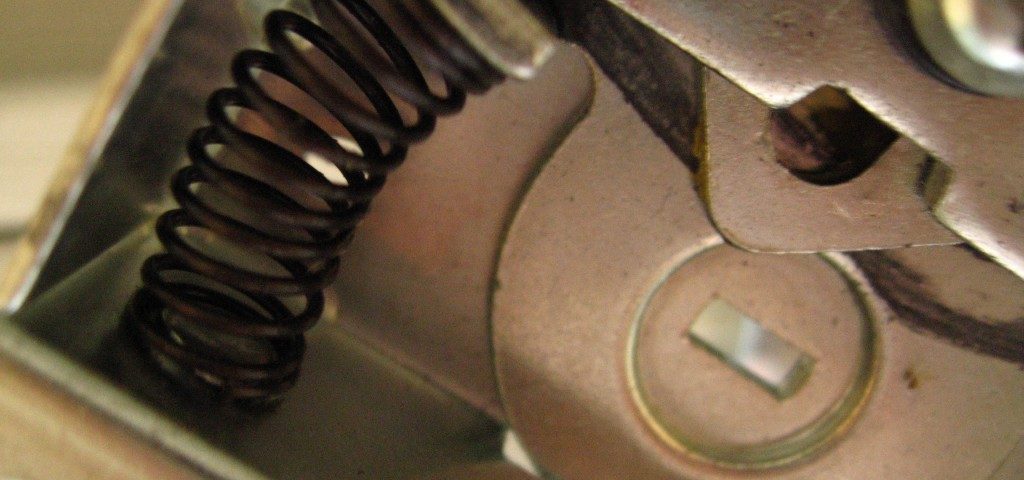How To Handle Broken Garage Door Springs

You probably use your garage door more frequently than your front door. It is the primary method of entrance for many people. Have you ever thought about what it takes to lift and drop your garage door? It weighs hundreds of pounds, endures the elements, and moves multiple times in a day. It is a simple contraption, but it needs to work thousands of times without failure.
The key to lifting and dropping your garage door is the springs. These vital components reduce the gravitational pull on the door, allowing the motor and you to move it. If the springs are damaged, the garage door cannot open or close correctly.
Types of springs
There are three basic types of springs: extension, torsion, and TorqueMaster. Extension springs are the most common variant. They are found on older, more economical garage doors. You can tell if you have these because they run parallel to your garage door tracks. These will stretch when the door is lowered and contract when it is raised.
Torsion springs are used on many modern garage doors. These coil around a shaft and tighten as the door is dropped, then release energy as the door is raised back up. You can tell you have torsion springs if you see a horizontal bar attached to the wall. If the garage door is open, you can’t see the bar.
TorqueMaster springs are a registered brand and are an advanced version of the torsion spring. TorqueMaster springs are enclosed and have a centralized spring.
What causes springs to fail?
Garage door springs are, on average, rated to last 10,000 cycles (with each lift and drop counting as a cycle). So, they are good for about seven years, assuming you use the garage door four times a day (morning and evening commute). However, garage door springs don’t always break or snap. Sometimes, they get stretched out. You can see the springs getting stretched if there is a gap. If you see any gaps, these components will have to be replaced.
Cold weather effects on garage door springs
Cold weather causes springs to contract and to become more brittle. When it is extremely cold, these parts could even snap. Repeated exposure to hot and cold weather alters the tension in the springs, which could cause damage. For example, if your garage is heated, every time you open the garage door your springs are buffeted by cold air. This can also happen from the exhaust from your car. Another major issue that comes up is condensation. The constant flow of hot and cold air can create condensation which results in rust.
Repairing or extending the life of your springs
You can’t really extend the life cycle of your garage door springs, unless they are the torsion type, which you can apply lubricant to. It is best to consult with garage door experts to explore your options when it comes to taking care of your garage door and its components.
You should never attempt to maintain or repair your garage door springs on your own, especially if they are near the end of their life cycle. They can snap or break apart at this time. The springs are under so much tension that if this happens, they can cause physical harm to you and damage your property. You should check to make sure that the safety cables are present and in good shape, which should prevent any damage.
Do you need help with your garage door?
If you need assistance with your garage door, it is best to call on the experts. At Integrity Overhead Door, we offer high-quality, reliable service throughout the Amarillo area. We are experienced in providing Repair for residential, Commercial, and Industrial doors, as well as Installation. Call us at (806) 418-5237 or Contact Us by email to learn more about the brands and services we have to offer.
